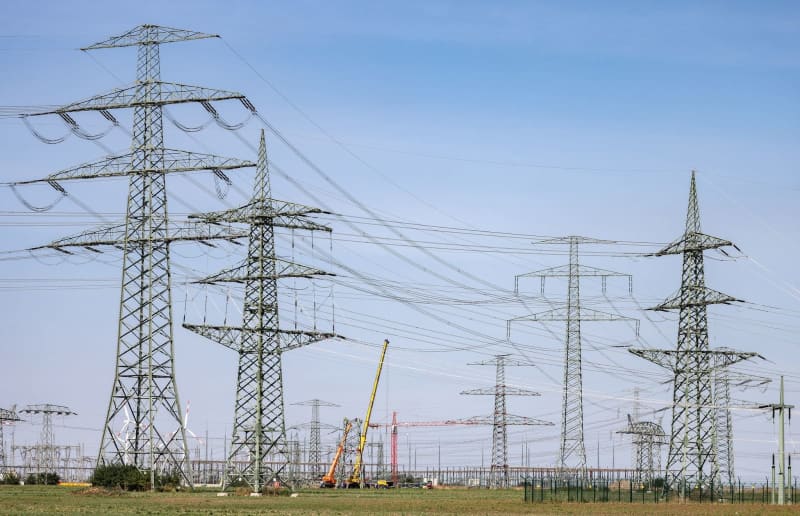Germany is gearing up for an ambitious overhaul of its electricity grid, driven by the urgent need for increased integration of renewable energy sources, particularly wind power from the north into the country’s industrial heartlands in the south. A recent economic study conducted by the Institute for Macroeconomics and Economic Research (IMK) and the University of Mannheim posits that this ambitious project could total €651 billion (approximately $685 billion) by the year 2045. This significant expenditure seeks to address the challenges posed by geographic imbalances in energy production and consumption, a fundamental component of Germany’s strategy to achieve carbon neutrality by 2045.
To achieve these objectives, the study highlights the necessity of dramatically increasing annual spending on grid expansion—doubling it from the current €15 billion invested in 2023 to about €34 billion. Such monumental financial commitments reflect the vital role of enhanced electrical infrastructure in effectively managing Germany’s energy transition away from fossil fuels. Notably, the expansion involves both the transmission grid, crucial for long-distance energy transport, and the distribution grid, which delivers electricity to consumers on a regional scale. As part of this ambitious plan, authorities expect that both the quality and efficiency of energy distribution must significantly improve to accommodate renewable energy influxes.
However, the IMK study also cautions that the projected costs may be underestimated due to various risk factors. Potential increases in raw material prices, supply chain bottlenecks affecting transformers and power lines, and delays in regulatory processes could lead to even higher-than-anticipated expenses. The vastness of Germany’s grid, which stretches approximately 38,000 kilometers for transmission and 1.9 million kilometers for distribution, underscores the scale of the undertaking. With these expansions, the costs will ultimately be borne by electricity consumers in the form of grid fees, which have been a growing concern among German industrial producers faced with surging energy costs.
Discussions are already underway among politicians regarding potential grid subsidies, aiming to ease the financial burden on consumers and industries alike. The rising grid fees, coupled with the economic implications of extensive investment in infrastructure, have sparked debate about the best mechanisms to finance the necessary upgrades. Meanwhile, the study estimates the present cost of planned grid expansions at €328 billion, converging with the researchers’ own findings for the distribution grid, which they project will require approximately €323 billion in investment.
Notably, a prior analysis from the consulting firm ef.Ruhr foresees total expenditures nearing €732 billion, suggesting a possibly broader financial scope for these infrastructure projects. The disparity between these figures reveals the complexities and uncertainties inherent in large-scale energy transition projects. The IMK study’s authors express keen interest in exploring methods to finance these extensive investments effectively, recognizing the pivotal role of successful funding in advancing Germany’s energy transformation goals.
Ultimately, Germany’s electricity grid expansion is not merely an infrastructural endeavor but a vital step towards a sustainable future. The transition to renewable energy, primarily from wind and solar sources, hinges on the robust and flexible grid systems capable of accommodating these variable energy inputs. With thorough planning and investment, economy and efficiency can be maximized, ensuring that Germany successfully navigates the energy transition, strengthens its industrial sectors, and meets its climate neutrality targets by the stipulated 2045 deadline.

